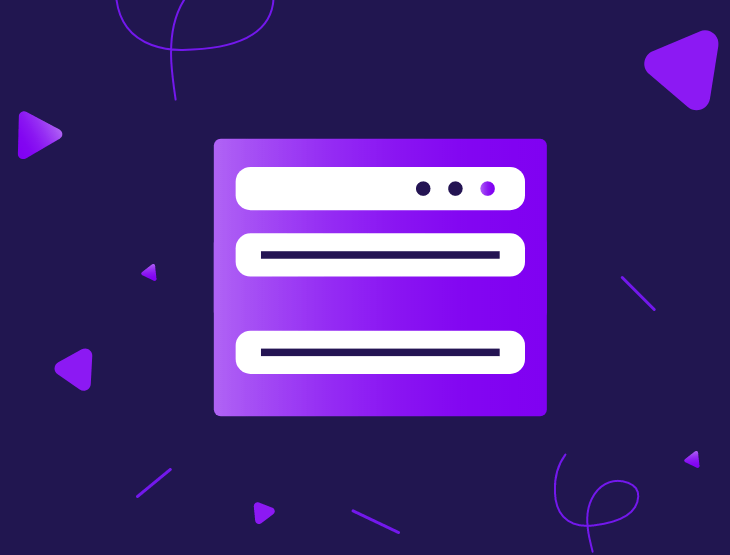Any IT professional knows that backups are an essential part of a disaster recovery plan. Without them, the company could lose vital data, and be commercially crippled – or even opened up to litigation, if – for example – the data loss impacts on the ability to fulfil contractual obligations, or has HR implications that contravene employment laws.
GDPR also requires firms to demonstrate that they can utilise suitable methods of data security, retrieval and deletion, so compliance becomes a consideration here, too. And not a small one either. In 2016 penalties of more than £2m were incurred by companies who fell foul of data protection laws; however, if you applied the stricter legislation and greater penalty levels of GDPR (which came into force in 2018), this figure would look more like £160m.
Data loss can close companies
In the worst-case scenario, companies can fail as a direct result of a catastrophic loss of data. A study by the University of Texas suggested that 94% of companies affected by this kind of data loss do not survive, with 43% never re-opening and 51% closing within two years. It’s no small matter.
Maintaining optimal access to business-critical data and applications requires a carefully thought-out plan for hardware infrastructure, including proper data security, cooling and either redundant or uninterrupted power supply capability. Hosts, storage and network equipment should also be designed with redundancy, and you might make use of clustering and replication, and even have a disaster recovery site in place. Naturally, your plan will also need to include a data backup and recovery process, to protect against the kind of risks we’ve talked about so far.
But even with a backup and recovery system in place, things can still go wrong.
Are you verifying your backup and recovery process?
The biggest effort is in the initial set-up. However, once the software is installed and configured, it’s quite common for busy IT staff to put too much faith into the protection that the system affords, and only monitor backup jobs periodically. Often, the only time that anyone pays the system much attention is when a file or a virtual machine needs to be recovered. And if it’s discovered that the recovery process isn’t operating as it should, it’s a bit late by then.
Finding out the hard way that your backups haven’t been working isn’t uncommon. For starters, there’s often quite a long period of time between the initial set-up and actually needing to perform a recovery, allowing plenty of time for breakages to occur. Also, although validating backup data is widely agreed to be an important task, in the reality of a busy IT environment it’s all too easy for other jobs to take priority, with backup validation getting pushed to the bottom of the list. One way to solve this challenge is to automate backup data validation with Veeam® Backup and Replication™.
This hardware-agnostic application enables you to back up and recover any workload – whether cloud, virtual or physical; especially important given today’s hybrid working norm – across a vast ecosystem of technology including VMWare, AWS, Microsoft Azure, Windows, Linux and more.
Automated testing for maximum protection, minimum effort
Crucially, with Veeam® Backup and Replication™ you can schedule the testing and validation of backups, ensuring that all data is recoverable should it be required, thanks to the Veeam® SureBackup feature.
This technology enables you to use an isolated environment to boot a VM, scan it for malware, run tests, power it off again, and receive a report of the verification results automatically by email.
With a little time spent in setup, you can achieve certainty that your backup and recovery validation occurs without fail, so that you are not risking data loss through the assumption that protection is in place. To do this, you need to set up the SureBackup environment in the Veeam® Backup and Replication™ Management Console:
- Create a Virtual Lab – an isolated environment in which the backed up VMs are booted and tested. You can create more than one Virtual Lab. During this process Veeam® Backup and Replication™ uses a Linux appliance to keep your production environment separate from the VMs being tested, and avoid any conflicts from occurring between the parallel environments.
- Add your Application Groups – including the VMs you want to validate, and any VMs they might depend upon. This is where you define the working environment. For example, if you intend to test a SQL database server, then it makes sense to include a domain controller, DNS server, and maybe the application server.
- Create a SureBackup Job – this will build the environment for testing, whether scheduled or on demand. You’ll need to specify the Virtual Lab and Application Group, and choose which VMs to validate from the Backup jobs you already have running. You’ll also need to configure what you want to test and validate for each VM (for example, malware scanning, disk content corruption testing, PING testing).
- Schedule when you want the jobs to run – daily, weekly, or monthly. You also need to choose who will receive the reports generated, for review and any action.
It really is that simple to automate your backup and recovery testing, in order to be absolutely sure your company’s records and applications are protected against data loss.
Expert support, should you need it
Of course, even the most straightforward technical tools require support, and our customers benefit from an exemplary service in this respect – our friendly team is always on hand to help you with any aspect of setting up and maintaining your backup and recovery system, and our average response time on a ticket is just 30 minutes with problems typically resolved within 24 hours.
If you’d like to find out more about ensuring certainty when it comes to data recovery, contact us today, and we’ll be happy to discuss the finer details with you.

